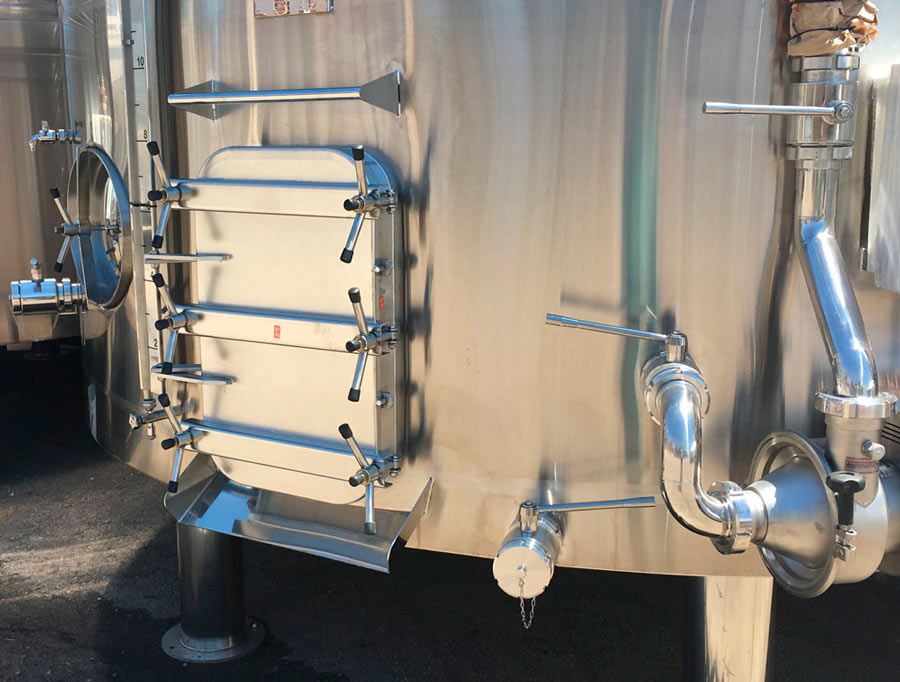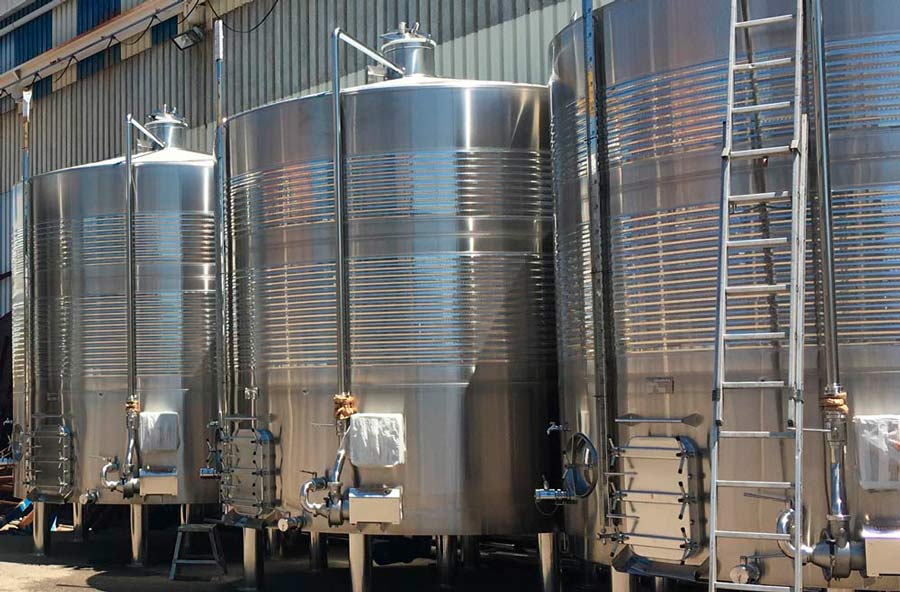Wine is stored in stainless steel tanks in the most ecological winery in the world

Is Campo Viejo the most ecological winery in the world? UK’s publication Business Green has dedicated a report to its sustainable practices, with which they have reduced their greenhouse-gas emissions and energy consumption.
Among its sustainable practices it is worth noting the use of stainless steel tanks.
Located near Logroño, with a 42-hectare estate surrounded by vineyards, the Campo Viejo winery is not only known for its unique architecture and great wines, but also for its sustainable practices. Business Green, UK's leading source of information for the green economy, has echoed its ecological wine production.
"It may be one of the most environmentally friendly vineyards on the planet," the magazine explains, noting that its high wine production figures (15 million bottles a year) have not slowed down its ecological ambition. Thus, in 2012 it became the first 'carbon neutral' winery in Spain, that is, they eliminate as much carbon dioxide from the atmosphere as they produce. This way, they have reduced their greenhouse gas emissions by 25% since 2011 and have also reduced the energy consumption by 15% in the last 4 years.
In addition, the winery has always been designed with sustainability in mind. A one floor building integrated into the landscape is visible at ground level, the rest of the building being underground. Thus, it takes advantage of natural cooling, uses techniques to regulate lighting and has an intelligent irrigation system that massively reduces their energy needs. Moreover, the energy it uses is 100% renewable and generated by a geothermal plant.
Likewise, the design of the winery allows grapes to be introduced from the vineyard or from vehicles by the use of gravity. The oenologist Elena Adell, from Campo Viejo, explains that wine moves in short distances and "the shorter the distance, the less energy and pumping is needed".
The wine is stored in stainless steel tanks designed to minimise cleaning, opening and movement during fermentation, which prevents gases and energy from escaping.
A tunnel leads to the basement and there is a cooling duct that can be opened or closed to ensure the optimum temperatures to preserve the wine. After fermentation, the wine is stored in another room 18 meters below the surface. A whole ecological experience that has attracted the attention of British experts.











 Request a quote
Request a quote
 Blog
Blog
 FAQ
FAQ
 Contact
Contact





